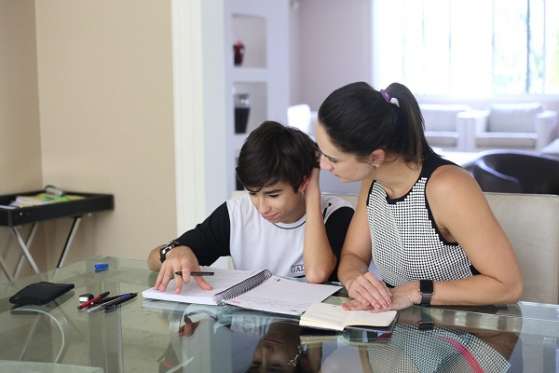Dyslexia Assessment: It Takes a Village
The gap between a student’s apparent cognitive or intellectual ability and their reading ability is sometimes used to define it. Naturally, this idea can be problematic when the bias of low expectations is present, but it is a useful framework for observing a struggling student. Early intervention can prevent many later struggles and give the student the chance to achieve their full academic potential, but parents and educators who notice this discrepancy may be hesitant to pursue dyslexia testing.
What Indications of Dyslexia Should Instructors Watch
For?
Best practices in showing call for appraisal driven guidance, so teachers who keep phenomenrecords of assessments and perceptions of their understudies are bound to take note of the indications of apotential understanding incapacity. However, it can be difficult to tell the difference between dyslexia and simply struggling academically. As with all student data collection, determining whether a student has dyslexia requires collecting data from a variety of sources and in a variety of settings. At the same time, teacher expectations for reading and writing ability are also influenced by age and grade level.During the first few years of school, students are absorbing and incorporating a wide range of information about phonemes, wordplay, letter shapes and sounds, and so on. However, dyslexic students struggle more than their peers with these concepts, particularly in the following areas:Learning the alphabet and connecting letters to sounds; understanding spelling rules and general phonetic spelling; blending and rhyming; sounding out sight words; comprehending written texts rather than understanding what they hear

Middle School and Secondary
School Readers in middle school and high school should “read to learn.” and not be decodeable as they read. Their familiarity and perusing cognizance ought to be sufficiently able to gather datafrom texts, including utilizing setting pieces of information to sort out new words. It would be ideal for instructors to be onthe post for signs, for example,Poor vocabulary knowledge and use, especially in writing; writing of poor quality and quantity; difficulty comprehending or using complex grammatical structures; mispronunciation of common words when speaking; assessments of timed reading comprehension weaker than listening comprehension. Extreme reluctance to read and slow, word-by-word reading. Difficulty with nonsense words, word lists, and words not in their listening vocabulary.
Who Can Conduct a Dyslexia Assessment?
Very weak spelling, including leaving out sounds, adding or skipping letters orDyslexia diagnosis requires teamwork. Instructors and guardians are normally quick to see the signsof understanding battles, and their aggregate perceptions give basic insights. Different individuals fromthe data get-together and evaluation group might include: Educational assessment specialists, like literacy specialists Medical personnel for
co-occurring conditions A qualified dyslexia evaluator has extensive knowledge of how dyslexia “looks.” at various
phases of education improvement and what language advancement and conduct mean for that
advancement. When collecting and interpreting data, speech-language pathologists, developmental-behavioral pediatricians, school psychologists, reading specialists, or pediatric neurologists frequently collaborate.
Learn more at WPS about how to use our dyslexia assessment tools, such as Tests of Dyslexia (TODTM), to help kids succeed in school.
Sources:
https://dyslexiaida.org/testing-and-evaluation/
https://www.tandfonline.com/doi/full/10.1080/00313831.2021.1958373
https://www.dyslexia.com/question/who-can-diagnose
https://dyslexia.yale.edu/resources/parents/what-parents-can-do/dyslexia-evalu

